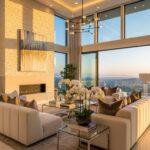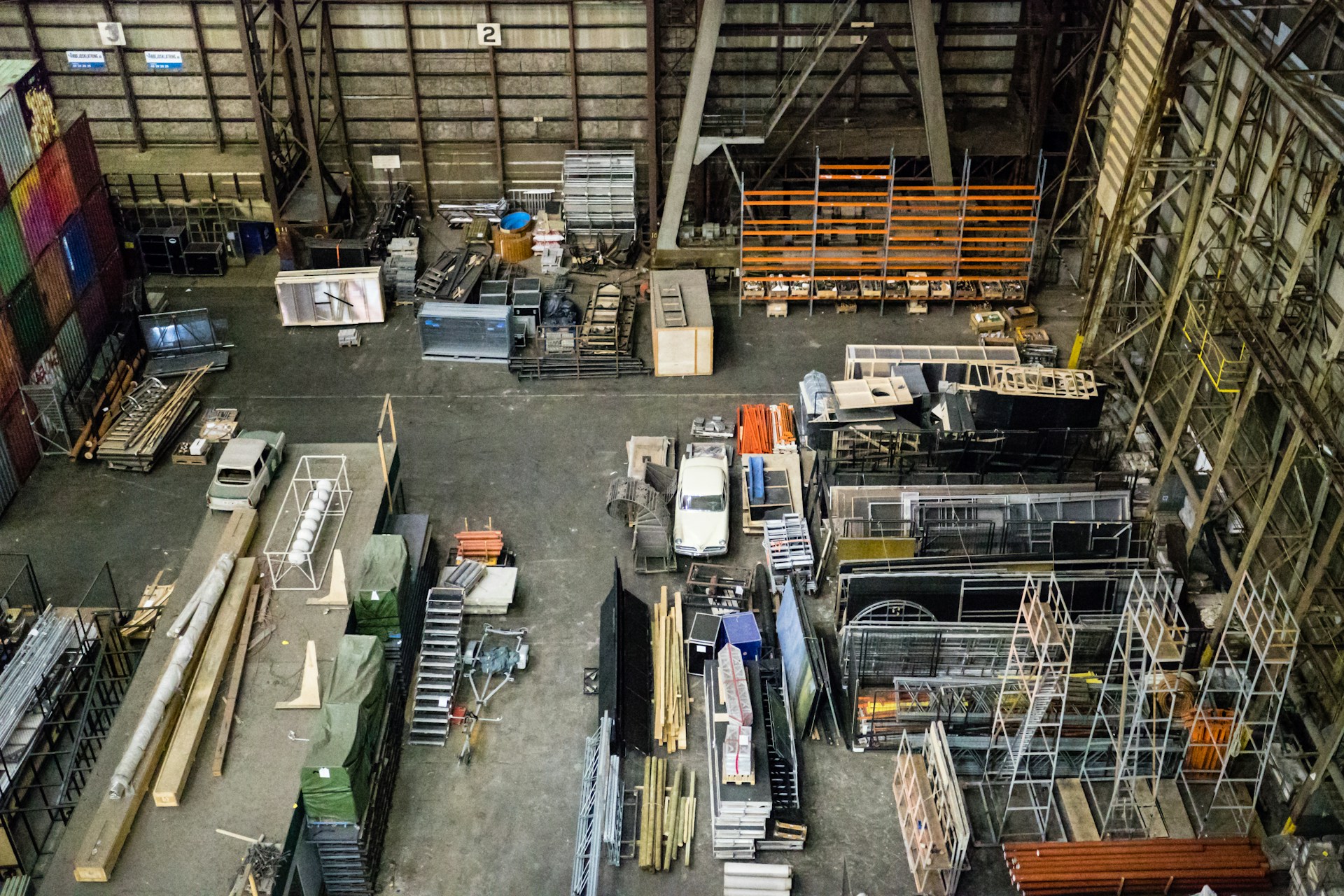Tell me about your background in music, are you still a musician? What did you play?
Yes, but I don’t play with a band anymore. I just haven’t had the time to find one. I started by producing hip hop then I moved to punk rock, basic rock stuff, and then blues and folk. My biological father was a rock and roller and my step dad was a mariachi player, so it was those figures that initially influenced me musically. As far as instruments, I played guitar, bass, drums, keyboard, harmonica; some band would need a bass player so I’d go do that, and I kind of just learned what I needed to. My first band was with some friends who got together. My dad taught me a few guitar chords, but I was more invested in the piano because I had been producing hip hop and needed synth sounds for that style of music. When we started a band though, our guitar player quickly dropped
out and because I knew 3 guitar chords, I was the new default guitar player. I ended up learning the guitar after that. My background in that sense was like most musicians, where you just pick up an instrument when and where it’s needed.
Music was sandwiched in between my two art making periods. I grew up as an art kid. In 5th grade I started drawing and that’s what I did for a long time. It’s when I really got into it. It kept me out of gangs, which is what my parents liked. I was really into comic books, so I was drawing those. Towards the end of high school, I started partying and I quit taking the art stuff seriously. I just lost interest and then I started making music a few years later. It was during the George W. Bush era, so there was this anxiety and angst in the air and I thought, either I could draw or paint, or I can bang out a three chord punk song or produce this hip hop track and express myself quickly. In that sense there was a form of deskilling that occurred in that, I went from a detailed rendering approach to a quick musical one. And so the music felt more natural and immediate. That’s what I did throughout my twenties. I played in bars and clubs and that’s when I met my wife and lots of good friends while doing it. We recorded and all that fun stuff but when I had a kid, I just couldn’t do it anymore
Yeah, but it was a long process. I went back to school after working low paying jobs. I was working as a repo guy for a rental center. They used to rent refrigerators and other appliances to people. The Central Valley, a working class, agricultural area where I grew up is one of the poorest in the nation. It’s always double digit unemployment and these rental centers do well there. They buy something, jack up the price and they rent it out to a family. By the time you’re done paying, you’ve bought it four times over. So I was the guy who had to go pick it up if you didn’t make your payment.
But what about all the food inside?
Right! Clear it out!
I think I’ve only heard this happening in a TV show.
Haha, right. So that’s a thing. That’s what I did and it was a shitty job, and maybe I did it for a little too long.
When I had kids, I decided I wasn’t going to do that forever. That’s when I went back to community college to study to become a mechanic. Then I realized, hey, I’m pretty good at studying if I try. As a kid I didn’t care about school, I didn’t even graduate high school on time. I got my first A’s learning how an engine works. I remember studying brake pads, figuring out how a car stops and how you can determine how fast it was going by the tire marks that are left on the road after a car accident. I really got into school so I went to physics after automotive tech and then to English. When I transferred from my local community college to UC Santa Barbara, that’s when I chose to study art. It was the first place I encountered contemporary art and it was the first time I lived outside of the Central Valley. I felt I should try to challenge myself. I wanted to understand why I was so interested in art, where that curiosity came from. I can’t emphasize enough how big a decision it was for me to formally study art. I went back to school to pick up a trade so I could take care of my kids. Kids are expensive and I knew that art offered little to no financial promise. It sounds cliched but I had to follow my heart and take on the challenge. So that was a very, very big deal for both my family and me.
Was it the option to study art or was it a specific show or professor that made you change your major? What was the pivotal moment?
To get into UCSB was crazy talk for me, growing up in Porterville, it just didn’t feel like an option. I mean a UC seemed like such an unattainable goal for someone who couldn’t even graduate high school on time. When I got there, it was just..it was a beautiful campus and location, and I wanted to challenge myself so that’s why I switched. I hadn’t drawn or painted in years. A decade at that point, probably. Well, no, I’d done posters and CD covers for friends, but nothing serious. I didn’t want to render realistically anymore. I labored over that kind of imagery for so long. If they would’ve said I needed to do that, I probably wouldn’t have stayed in Art. Luckily they didn’t and things really opened up for me.
This freedom was very mind changing?
Yes, and I definitely had to rethink some preconceived notions on artmaking. I remember when I took painting with Philip Argent. I took it because it was in the fall, and I thought “I’ll do painting” and I’ll give it to my parents for Christmas. Painting is about rendering something and I wasn’t interested in rendering so, I was just kind of filling a prerequisite and thought I’d do more of digital media or sculpture. In that class, I was introduced to Lynda Benglis and Linda Besemer, and thought “what? painting is a thing.” They’d pour paint on the ground and pull it up. It was a total switch in thinking about painting. I immediately went to Home Depot and bought a bunch of paint and did a bunch of experiments. At that point I was thinking about painting sculpturally. It’s a liquid, but I’m interested in the process that this liquid goes through to become solid, and how I can manipulate that. That’s when everything changed for me. It was process process process. The image was gone. I didn’t care about that at all.
What did you earliest work look like then?
There was no set size or format. They were dictated by how well I understood acrylic as a malleable material. The more I understood it though, the bigger they got. I was amped up about how I was going to learn from using more or less material. I was making a bunch of work and none of it was archival. It would all just fall apart. I also found that I could put globs of paint on canvas but what was more interesting to me was to remove paint from the canvas completely. How could I make artwork that was a painting but not on canvas and wasn’t a rectangle? I would pour paint on glass, or parchment paper, and then peel it off and compose it in different ways. I’d pin it to the walls and it was always pulled by gravity which would pull the paint skins down. It would get pretty gross looking.
How did you transition into what you’re making now? This looks similar to a sound panel, you mentioned in another conversation.
Yeah, sound panels are used to redirect or absorb sound, and these definitely look like them. I don’t think that’s an accident that these look like them but I’m not sure how to talk about them in that way yet.
Well, the transition took years. I went from letting the materials dictate the form to embracing the rectangle as a painting signifier. Of thinking about the rectangle visually, compositionally, but also of thinking through painting ideologies connected to it. It’s very different from what I was doing in those early experiments. A lot of that has to do with graduate school and my development while there. I was thinking about sculpture and painting, but there was a moment where I felt the need to push in one direction.
Painting has this really rich history and it can be so difficult to make a painting because there’s so much history behind it. For a while I think I was scared of that because of its footprint, and then I came to a moment where I had to either embrace it or quit making the work. I was asking myself a lot of questions and getting questioned about making these formal paintings as a person of color. I was continually questioning myself, asking: how do I make a painting as a person of color and find myself in this history? I didn’t see very many brown people being recognized as influential painters. But here I was making paintings. Once I worked through some of those issues a bit, I could more clearly see the structure and the form, which made it possible for me to move within it.
In an abstract way I like to think about it musically. It’s like playing a blues song, with the drummer, bassist, guitar player, singer, and a keyboardist – who all know the musical system that’s going to keep them from going to jazz, or death metal. That’s the jam session. When musicians move together through a song structure, there’s an understanding of melody and rhythm and chord changes. That’s how I thought about painting. There is structure, there is theoretical construct, there is precedent, there is a system of painting. It’s not like everyone is agreeing on this definitive history or system of painting, but there is kind of this understanding of limits in the same way that blues and death metal are defined by limits. I am really interested in finding a way into that structure but also being able to push against it.
That’s when I started to make work like this. By thinking about every step in a painting. Litia Perta, who was on my thesis committee, said it feels like I’m building my own home. When people purchase their home they haven’t necessarily touched every corner of every room. When I talk about my paintings, it’s knowing I’ve built those corners and understand them in a unique way. I like the way she described that.
It’s a very foundational approach and that’s why my paintings are so minimal. Every step, I’m questioning why it’s this or that way. I’m thinking about canvas, its weight, its threshold, the labor of stretching it… the jam session. I draw thousands of little studies; basic forms on graph paper. I adopted a 6 : 5 ratio, one that I wanted to try to understand. I’m trying to see how each decision affects the painting. What it means to make a vertical line or a horizontal line on a 6 : 5 ratio; where is it positioned on the canvas? When a form inclines or declines, because we read from left ro right, it feels different, and when I think about the incline or decline, they are big moves. Those drawings are a technical exercise. When I find something that really resonates with me as a form, something that I could kind of picture in 3 dimensional space, I go into the shop and build it. In the drawings, I rarely or never think about the structural necessity of the form. Once I find a form I like, and get that feeling of “oh yeah, I’m going to try this”, I do it. There’s a certain amount of engineering that goes into making these happen; I need to consider the amount of pressure the canvas creates, and since it’s uneven they can fold in on themselves. There’s a lot of pressure on some of them. When I go into the shop to work, I have to make a substructure that is dependable.
Afterward, the canvas stretching can be labor intensive — some take weeks, because I have to stretch it, water it, massage the back of it, restretch the next day — it’s a long process. Then I end up with folds that are not on the original two dimensional drawing. I end up with material decisions that I could not have anticipated. When I have extra canvas, I have to do something with it.
It’s the jam session, again. It’s me and the material and we’re working together, and I’m thinking “come on, I need you to do this” and it will give at some points and at others it won’t. I’ve had paintings where I thought it just wasn’t going to work. It’s a level of frustration that is difficult to articulate, especially on the bigger ones, because I have to lift them and rotate them. They’re so big and heavy. I think that’s a big part of the work – feeling it, lifting it and struggling with it. There are points where it feels like they’re winning and it’s not giving me an entry point to make a formal decision that is satisfying. I’ve definitely had failures where I’m just done with the idea. And that’s even before any paint has gone on.
I use plywood. I can cut it and form it, then structurally reinforce it before stretching the canvas. I don’t really gesso these. I use really watered down acrylic in many thin layers. The light ones are almost like large water colors. I began infusing them with raw pigment and that’s when I started to go darker.
It really is ballsy.
Yeah, and I was really fortunate that the curators Kim Garrison and Steve Radosevich were so understanding and good to me.
I felt really good coming out of graduate school. I felt like I’d already done the light pastel works and since I was in production mode I wanted to further develop the language. I continued infusing the lighter works with raw pigment and began to think about pigment as a material, as a color, but for sure as earth. That was adding to how I was thinking about painting. They got darker as I added more and more layers, and this got me thinking about chromatic black.
When I’m applying paint, gravity is pulling it down in certain directions based on the structural form. Certain areas, especially bumps, don’t get as much pigment because the pigment floats down. I can get pretty technical and geeky, and I don’t think that’s really all that interesting for the viewer to know, but as a maker, I’m all like “yeah, I got this figured out!”.
I think these paintings demand something from the viewer. I think you can easily walk in and say “let’s just go get some lunch.” But on the other hand there are people who really want to spend time with them, walk around and think about them. When there’s an opening and I see people moving around the paintings, I think, “it’s working how I want it to work.” People move around the paintings and I’m really interested in this idea of encouraging movement while looking at a painting. Like an embodied form of thinking. After a show, I can always tell when I’m picking up the paintings, which ones people touched. Because of how the pigment is applied, it’s so sensitive, any little thing you touch will leave a mark. So during the de-install, I can tell when people are getting really close and which ones they are bumping into.
Does it irk you at all?
No and yes, because it’s the work I make, you know? I think that’s an indication their working. These are encouraging people to move and to look at something obliquely. They engage the viewer phenomenologically. Sometimes people just get a little too close.
I love these folds that you come across. They add more depth.
It’s that decision making process. It’s the forms that I am forced to make with the leftover canvas from the stretching process. If you make changes to the underlying structure traditional rectangular canvas stretching doesn’t work. There is a consequence for altering the substructure and the surface has to deal with it. The structure and the surface are dependent on one another. That’ s a big part of the jam session because I have to work to problem solve these material issues which I couldn’t have anticipated.
I really like that analogy.
I think it really is like a jam session. I know you didn’t ask this question, but it’s something I think about a lot. I think about the politics of formalism, for example, choosing to play the blues now is very different then choosing to play the blues sixty or seventy years ago. The form means something different now. I also look at , a corrido, and how it’s so similar to some types of blues but sounds completely different. They feel the same and so the act of jamming within one of those structures, in one of those systems of music, it means something. It’s a stance. So when I talk about a jam session in relation to painting I’m thinking along similar lines.
I’m trying to imagine what a day in the studio is like.
I would say the typical day starts with my first look at the work on the wall when I walk in the door. When I leave home, the night before, I will set up the painting or group of paintings that I want to see first so that when I come in, the first part of my day is to see those pieces with fresh eyes. It’s such an important moment for the decision making process.
From there I’ll start thinking about how the light falls on it and what it needs next. It’s such a slow process and meditative in a lot of ways. This fold is drawing the eye over here. That form is doing this while that fold negates this line. I’m even thinking about how I should have sanded some of the edges off the under structure, so as the canvas rolls over it, the line isn’t so defined. There are all these decisions and observations being made that are material decisions and it’s really important to spend time with those, because that’s the act of making and the act of seeing.
When I have a stretched canvas ready for paint, I’m looking at the shadows and highlights produced by the protrusions and slopes of the canvas. I’m thinking about the attitude the painting is beginning to develop and how my understanding of color theory can push it in one direction or the other. How hue moves up and down the value scale at different rates and how those shadows and highlights are going to affect the attitude of the work. I would say the initial wash is an attitude/theory based decision with each additional one being a play off of that.
Yes, definitely. I think a lot about composition, parameters, and improvisation in my day to day life. It’s fun. I talk to my son all the time about how soccer is like a painting. It has structure and involves chance. There’s a way of organizing it in order to make sense of it. It’s about finding the most creative and diverse way of moving within a form.When you show your work, does anyone bring up the political aspect of your work and question your role as a male, nonwhite artist?
Yes and no. I think it depends on who’s asking and the time or place. Being a nonwhite painter is something I have to deal with. Some people wonder why I’m making formal abstract paintings as a person of color. Frankly, I’m not sure how to feel about it. Maybe they think I could make work that more directly relates to experiences they think I should have, I don’t know. Anyway, it’s bullshit and it’s a real thing I have to deal with.Having said that, the vast majority of people are very supportive. Also, I don’t shy away from the political aspects of the work because I believe it’s perfectly valid for people of color to pursue formalist concerns. I remember an artist talk I had where some people stayed after and were asking me about being a person of color making art. Those were long conversations. We had to clear the room out because the next class was coming in. We stayed out in the hallway and just kept talking for a really long time about making art and finding our place in it.










